Several foods can increase your risk of developing cancer. Here are 11+ cancer-causing foods that are worth limiting or avoiding altogether.
11+ Cancer-Causing Foods to Limit or Avoid
There’s a lot of controversy surrounding cancer and what causes it, but everyone seems to agree on at least one thing:
Treating cancer is expensive. Preventing it can be a lot cheaper.
Nearly 1.8 million Americans faced a cancer diagnosis in 2019 (the most recent year for which numbers are available),1)https://www.cancer.org/research/cancer-facts-statistics/all-cancer-facts-figures/cancer-facts-figures-2019.html with a cost of care that, in some cases, ranged upwards of $130,000.2)https://costprojections.cancer.gov/annual.costs.html
Yet, while study after study has shown that diet plays a major role in whether a person gets cancer, and that people tend to make healthier food choices when they’re eating at home,3)https://www.usda.gov/media/press-releases/2014/01/16/american-adults-are-choosing-healthier-foods-consuming-healthier Americans allocate less money toward food consumed at home than pretty much anyone else in the world. For example, according to the USDA’s Economic Research Service,4)https://www.ers.usda.gov/data-products/ag-and-food-statistics-charting-the-essentials/food-prices-and-spending/ we spend 4.9 percent of our income on eating at home, while the Greeks spend just over twice that (10.8%) and the Chinese more than quadruple that percentage.5)https://www.fb.org/market-intel/u.s.-food-expenditures-at-home-and-abroad
You May Also Enjoy:
“Elderberry: Natural Remedy for Colds, the Flu, Inflammation … Even Cancer!”
“Calendula: Lymph Mover, Detoxifier, Cancer Fighter, and Skin Beautifier”
“10 Medicinal Uses for Comfrey: Wound Healer, Muscle Relaxer, Ulcer Treatment, Eyewash, and More”
And it’s not just people in other countries who spend more of their income on food. Our grandparents did, too. Back in 1960, Americans spent about 17.5 percent of their income on all food—including what they ate at home and what they ate out. Now, we spend about 9.5 percent of our income on eating, regardless of where it takes place.6)http://www.npr.org/sections/thesalt/2015/03/02/389578089/your-grandparents-spent-more-of-their-money-on-food-than-you-do,7)https://www.ers.usda.gov/data-products/ag-and-food-statistics-charting-the-essentials/food-prices-and-spending
The High Cost of Cheap Food
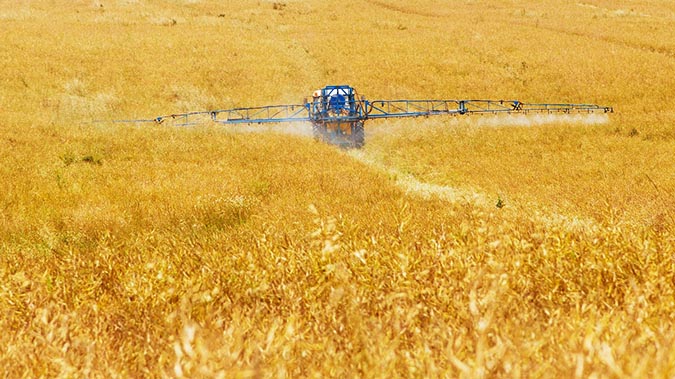
Image by PublicDomainPictures from Pixabay
These numbers represent a disturbing shift in our national mindset. We’ve moved from a time when soils were healthier and food was more nutritious and generally less processed—but more expensive—to the present day, when the soils used in commercial agriculture are more depleted, the produce grown in them is less nutritious, and widely available foods are more processed—but also more affordable.
Simply put, Americans are not used to paying what high-quality food costs anymore.
Even people with access to sustainably produced, locally grown food via a farmer’s market, natural grocery store, or CSA often struggle with the cost. These products are more expensive to grow or raise—and therefore more expensive to buy.
You May Also Enjoy:
“Vandana Shiva talks ‘fake cheap’ food (VIDEO)”
“How To Express Garden Gratitude”
“You Did WHAT To Those Farkleberries?! (Homesteading Basics)”
But even though processed, packaged foods are sometimes cheaper than their sustainably produced, whole-food alternatives, their true cost can be astronomical.
The 2 Possible Causes of Disease
According to Dr. Raymond Francis, author of “Never Fear Cancer Again,” disease has only two possible causes: toxicity and malnutrition.
The foods that increase cancer risk often contribute to both.
The bottom line is that we can pay more now for healthier foods and the deeper nutrition and reduced toxicity that come with them—whether we’re paying financially or, if we’re backyard food producers, through an investment of time and energy—or we can pay more later to treat the diseases that can stem from malnutrition and toxicity. As one young TEDx speaker, Birke Baehr, put it back in 2011, “We can either pay the farmer, or we can pay the hospital.”8)https://www.youtube.com/watch?v=SvVZwJbs54c
You May Also Enjoy:
“5 Ways to Find Farmers in Your Area”
“How To Grow Half Your Food In Your Backyard In Less Than An Hour Per Day”
In the end, one of the best ways to reduce your risk of cancer is by eating the diet we all know we should—filled with high-quality vegetables, fruits, whole grains, proteins, and healthy fats.
If you’re not quite there yet, and you’re interested in reducing your risk of cancer by cleaning up your diet, the following list of carcinogenic (or potentially carcinogenic) foods is a good place to start. You can improve your health even further by replacing them with foods from our list of 30+ Cancer-Fighting Foods.
One final note: As you read this list, remember the old adage that “the dose makes the poison.” Even water, which everyone would agree is absolutely essential for life, can kill you if you drink too much at once.9)https://www.scientificamerican.com/article/strange-but-true-drinking-too-much-water-can-kill While it’s best to avoid these foods on a consistent basis, most of them probably won’t hurt you if they’re consumed every once in a while. After all, what’s a BLT without the bacon?
Cancer-Causing Food #1: Sugar
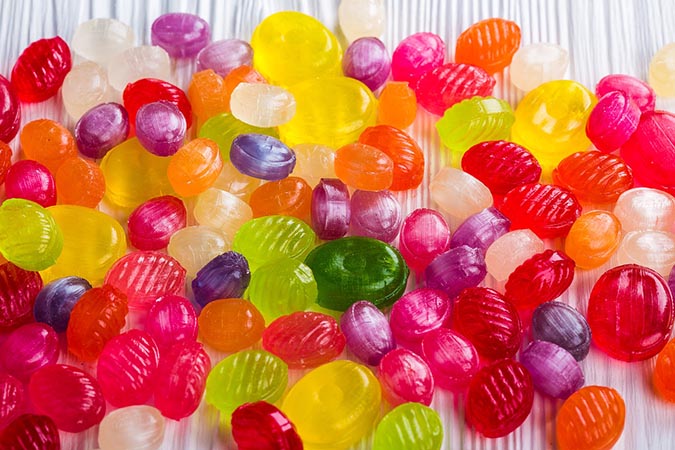
Image by Дарья Яковлева from Pixabay
Cancer has a favorite food. It’s sugar. Without it, cancer cells can’t grow and spread—in fact, they need almost 50 times more sugar to function than regular cells, according to Dr. Nasha Winters, author of “The Metabolic Approach to Cancer.” In addition, up to 80 percent of cancers are fueled by glucose and insulin, in one way or another.10)http://www.greenmedinfo.com/article/recent-observations-indicate-cancer-cells-readily-utilize-fructose-support-proliferation-and It’s easy to see why too much sugar in the diet is a very bad thing. In fact, the less refined sugar, the better!
Cancer-Causing Food #2: Alcoholic Beverages

Image by PublicDomainPictures from Pixabay
Our bodies turn the ethanol in alcoholic drinks into acetaldehyde, a known carcinogen. In addition to damaging the body’s DNA and keeping cells from being able to perform repairs, alcohol also increases estrogen levels in the blood (a contributor to breast cancer), prevents the body from absorbing several nutrients, and may contain carcinogenic contaminants.11)https://www.cancer.gov/about-cancer/causes-prevention/risk/alcohol/alcohol-fact-sheet#q3 It should be noted, however, that red wine contains resveratrol, a substance that has been shown to have anticancer properties.12)https://www.ncbi.nlm.nih.gov/pubmed/28123566 While the substance itself has been widely studied, only a few studies have looked at whether drinking red wine reduces a person’s cancer risk.
Cancer-Causing Food #3: Tobacco
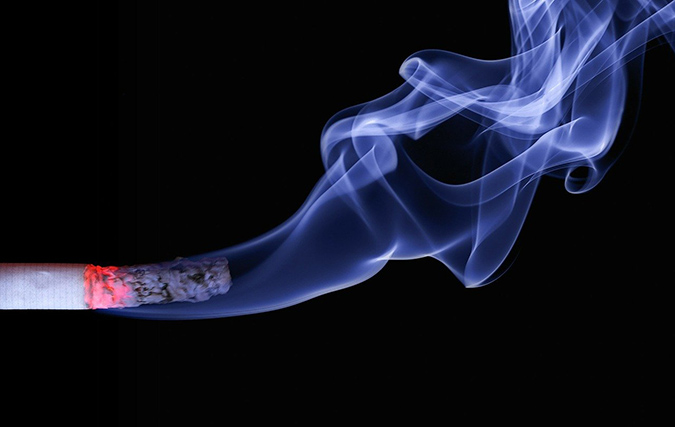
Image by Ralf Kunze from Pixabay
This one’s no surprise. While tobacco is lovely when used for plant gratitude, and Native American cultures believe it offers its own gift of interpretation to help with disputes, it can wreak havoc on a person’s body when it’s smoked or chewed. Smoking tobacco, inhaling secondhand smoke,13)https://www.cancer.gov/about-cancer/causes-prevention/risk/tobacco/second-hand-smoke-fact-sheet or using smokeless tobacco—whether chewing tobacco or snuff—all put loads of carcinogenic chemicals into your body.14)https://www.cancer.gov/about-cancer/causes-prevention/risk/tobacco/cessation-fact-sheet
Cancer-Causing Food #4: Processed Meats
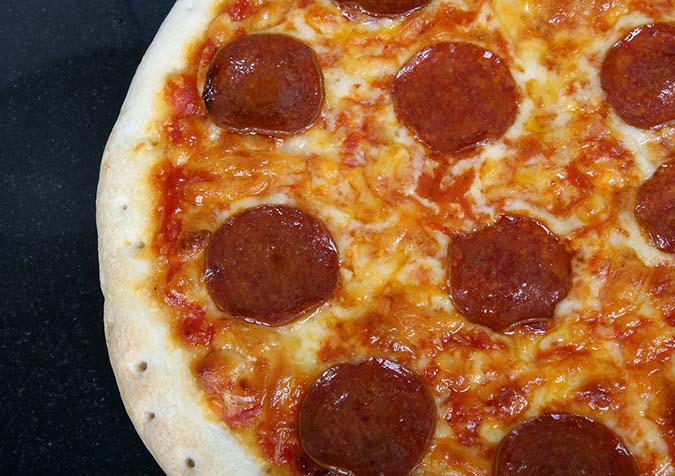
Image by Shutterbug75 from Pixabay
Defined as any meat that’s been preserved through curing, being salted or smoked, or by other means, processed meats include bacon, hot dogs, sausage, and lunch meats including corned beef, salami, pepperoni, capocollo, bologna, mortadella, and ham. They are categorized by the International Agency for Research on Cancer (IARC) as “carcinogenic to humans.”15)https://www.iarc.fr/en/media-centre/pr/2015/pdfs/pr240_E.pdf Scientists suspect that the nitrite preservatives contained in processed meats are what causes the harm. The body can convert these nitrites into N-nitroso compounds (NOCs), which damage cells in the bowel lining. To heal the damage, cells replicate more often, which in turn provides more opportunities for DNA replication errors.
Cancer-Causing Food #5: Red Meat
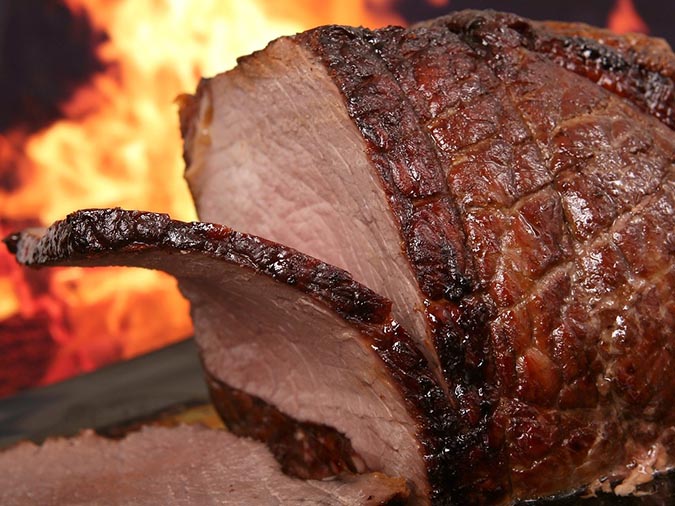
Image by Shutterbug75 from Pixabay
Beef, lamb, and pork contain heme iron, a naturally occurring red pigment that helps form carcinogenic compounds in the body and has toxic effects on cells and genes.16)http://cancerpreventionresearch.aacrjournals.org/content/4/2/177 It’s important to note that, in their research, scientists are lumping industrially produced red meat together with meat from animals raised on a natural, healthy diet. There’s very little discussion in the scientific community on whether meat of healthier animals—such as cows fed and finished on grass—has the same negative effects. However, the discussions that do exist acknowledge that pasture-raised meats contain omega-3 fats that make them “less pro-inflammatory than grain-fed meats.”17)https://osher.ucsf.edu/patient-care/integrative-medicine-resources/cancer-and-nutrition/faq/animal-protein-cancer-risk
Cancer-Causing Food #6: Charred Meats
Grilling meat at high temperatures can produce heterocyclic amines and polycyclic amines, both of which can increase a person’s risk of developing cancer.18)http://www.cancerresearchuk.org/about-cancer/causes-of-cancer/diet-and-cancer/how-healthy-eating-prevents-cancer
You May Also Enjoy:
“How to Make Bacon in 6 Easy Steps”
“8 Simple, Succulent Ways to Cook Duck (With Recipes)”
“Composting the SCARY Stuff—Meat, Dairy, Bones, and Human Waste!”
Cancer-Causing Food #7: Salt-Preserved Foods
In addition to the processed, salt-cured meats mentioned above, this category includes salted fish and some pickled vegetables. The IARC lists Chinese-style salted fish as carcinogenic, but hasn’t yet made a determination on whether other types of salted fish increase the risk of cancer in humans.
Cancer-Causing Food #8: Areca Nuts
About 10 percent of the world’s population still chews this addictive berry. It’s been shown to have several ill effects on the body, and is linked to numerous cancers.19)https://www.ncbi.nlm.nih.gov/pmc/articles/PMC4080659
Cancer-Causing Food #9: Artificial Sweeteners
According to M.D. Anderson Cancer Center, the link between artificial sweeteners and cancer is inconclusive—but possible. Since some studies have shown a correlation between the two in lab animals, the current recommendation is to avoid artificial sweeteners like aspartame and saccharine altogether.20)https://www.mdanderson.org/publications/focused-on-health/may-2015/FOH-cancer-love-sugar.html[/note]
Cancer-Causing Food #10: Toothpaste
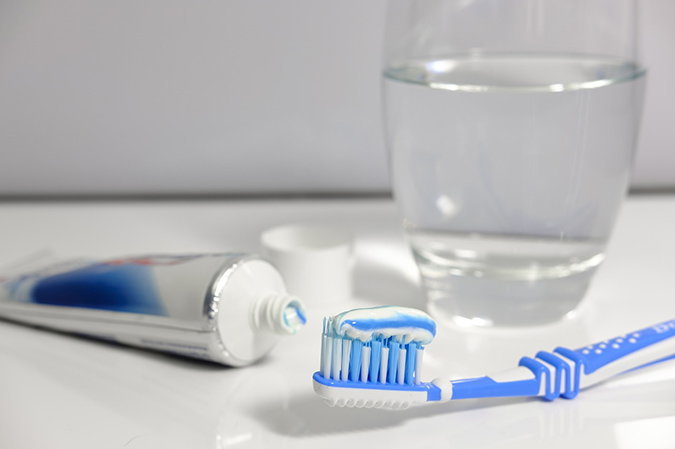
Image by Bruno /Germany from Pixabay
Okay, so, technically toothpaste is not a food, but it made this list because it’s ingestible and some formulations may contain disperse blue 1, a dye that’s listed by the IARC as possibly carcinogenic to humans—and that’s also used as a hair and fabric dye.21)https://ntp.niehs.nih.gov/ntp/roc/content/profiles/disperseblue1.pdf Worth keeping an eye on!
You May Also Enjoy:
“6 Reasons You Should Be Using Tooth Powder”
Cancer-Causing Food #11: Very Hot Beverages
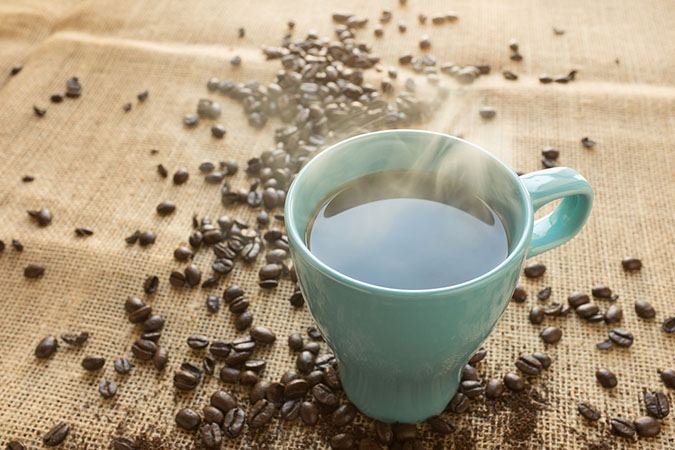
Image by Craig Melville from Pixabay
Studies in cultures where people typically drink their tea or mate at about 149°F (70°C) have found a correlation between very hot beverages and the risk of esophageal cancer. But, unless you keep a thermometer handy when you’re drinking your morning Joe, how are you supposed to know how hot is too hot? Here’s a good rule of thumb: If you have to sip it to be able to drink it, let it cool a bit first.
What Do You Think?
What about you? What’s your take on what causes cancer—and what you can do to prevent it? Leave us a comment below!
_____________
_____________
This is an updated version of an article that was originally published on October 2, 2017.

The Grow Network is a global network of people who produce their own food and medicine. We’re the coolest bunch of backyard researchers on Earth! We’re constantly sharing, discovering, and working together to test new paths for sustainable living—while reconnecting with the “old ways” that are slipping away in our modern world. We value soil, water, sunlight, simplicity, sustainability, usefulness, and freedom. We strive to produce, prepare, and preserve our own food and medicine, and we hope you do, too!
References
| ↑1 | https://www.cancer.org/research/cancer-facts-statistics/all-cancer-facts-figures/cancer-facts-figures-2019.html |
|---|---|
| ↑2 | https://costprojections.cancer.gov/annual.costs.html |
| ↑3 | https://www.usda.gov/media/press-releases/2014/01/16/american-adults-are-choosing-healthier-foods-consuming-healthier |
| ↑4 | https://www.ers.usda.gov/data-products/ag-and-food-statistics-charting-the-essentials/food-prices-and-spending/ |
| ↑5 | https://www.fb.org/market-intel/u.s.-food-expenditures-at-home-and-abroad |
| ↑6 | http://www.npr.org/sections/thesalt/2015/03/02/389578089/your-grandparents-spent-more-of-their-money-on-food-than-you-do |
| ↑7 | https://www.ers.usda.gov/data-products/ag-and-food-statistics-charting-the-essentials/food-prices-and-spending |
| ↑8 | https://www.youtube.com/watch?v=SvVZwJbs54c |
| ↑9 | https://www.scientificamerican.com/article/strange-but-true-drinking-too-much-water-can-kill |
| ↑10 | http://www.greenmedinfo.com/article/recent-observations-indicate-cancer-cells-readily-utilize-fructose-support-proliferation-and |
| ↑11 | https://www.cancer.gov/about-cancer/causes-prevention/risk/alcohol/alcohol-fact-sheet#q3 |
| ↑12 | https://www.ncbi.nlm.nih.gov/pubmed/28123566 |
| ↑13 | https://www.cancer.gov/about-cancer/causes-prevention/risk/tobacco/second-hand-smoke-fact-sheet |
| ↑14 | https://www.cancer.gov/about-cancer/causes-prevention/risk/tobacco/cessation-fact-sheet |
| ↑15 | https://www.iarc.fr/en/media-centre/pr/2015/pdfs/pr240_E.pdf |
| ↑16 | http://cancerpreventionresearch.aacrjournals.org/content/4/2/177 |
| ↑17 | https://osher.ucsf.edu/patient-care/integrative-medicine-resources/cancer-and-nutrition/faq/animal-protein-cancer-risk |
| ↑18 | http://www.cancerresearchuk.org/about-cancer/causes-of-cancer/diet-and-cancer/how-healthy-eating-prevents-cancer |
| ↑19 | https://www.ncbi.nlm.nih.gov/pmc/articles/PMC4080659 |
| ↑20 | https://www.mdanderson.org/publications/focused-on-health/may |
| ↑21 | https://ntp.niehs.nih.gov/ntp/roc/content/profiles/disperseblue1.pdf |
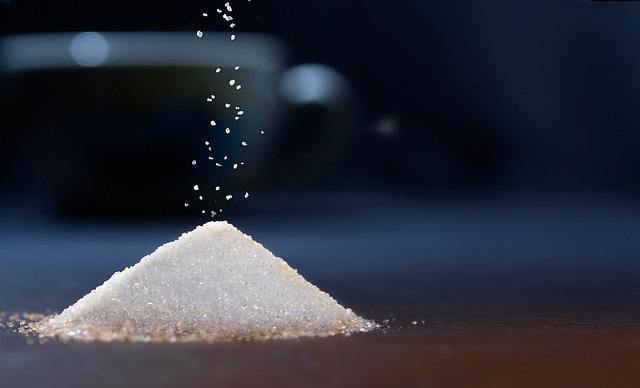
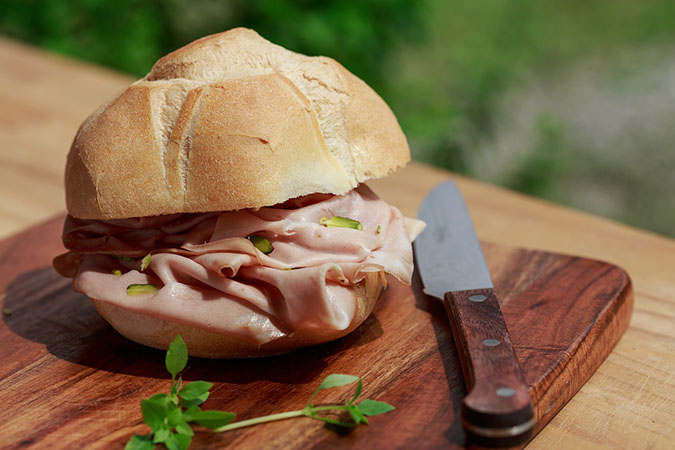
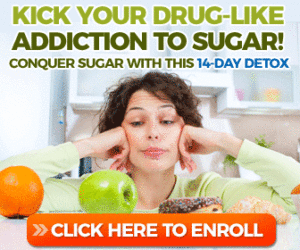
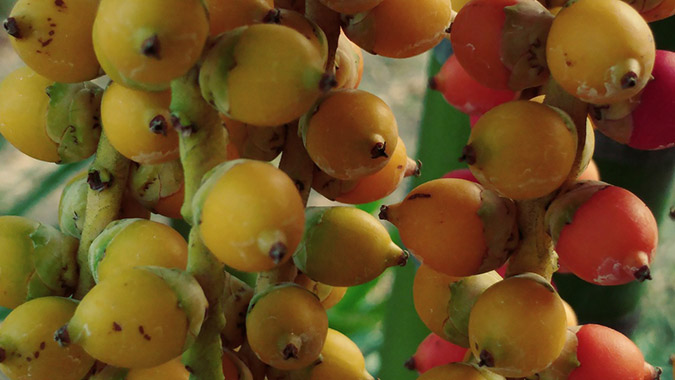







COMMENTS(11)
Salt-preserved vegetable? So does that mean lactofermented vegetable? groan.
I may be wrong, but I figure if you are using good salt (sea salt of himalayan) you should be ok. I think they are likely talking about prepackaged items.
However, having said that, I tend to not like the ferments done with salt and I watched a really good video with a homesteader who shows how she starts a “starter” with berries or fruit and sugar that you can then keep in your fridge and as long as you feed it regularly you can use it for all of your ferments. Bought my berries today and can’t wait to do this. So much easier than starter or whey and of course, the salt taste. Here is is: https://youtu.be/mCPiWtq92ts
As for the sugar question, the amount used in Kombucha and other ferments is very small and, I do use organic sugar as well.
Please redo the list and only include meat from grass-fed animals. I want to see this list redone to only include organic foods. Please make a differentiation between grass-fed and factory-farmed animals. There is a huge difference (antibiotics, hormones, GMO feed, etc.), and maybe it hasn’t been studied, but I wonder if the “cancer-causing” part is just the factory farming? Also, do processed meats that do not contain nitrites have the same risk? Additionally, does “salt-cured” mean using processed salt or sea salt, or is a distinction not made?
I second this. Not only is healthy wholesome meat different from cafo and processed and/or adulterated products there is also the healthy user bias making meat look guilty by association as all the health conscious people get scared off of eating it thus creating a self fulfilling prophecy.
Salted food- does that include lox (smoked salmon) and things like that?
What about fluoride in toothpaste – or is that only a problem for Alzheimer’s?
Now the coffee issue- I drink a lot! Do they sell coffee from green beans? Are the not roasted as much and don’t have that carcinogenic chemical? Have no idea.
Thank you for allowing email. All the summits only want Facebook and I refuse to join that.
I do read your mail and I thank you for this opportunity to ask questions about nutrition.
I think listing toothpaste was ridiculous. It is not designed to be ingested. The issue of fluoride is a valid question. With regards to coffee, it was not listed in the 11 items list so I’m not sure why you are referring to it. They did use a photo of coffee when referring to drinking excessively hot water but the remedy to that is allowing the water to cool before drinking. Coffee is supposed to be a preventative to diabetes 2 and Parkinsons.
That is only 12, not 25+, LOL. Great article though. Not sure you should put coffee in there if the law suites haven’t gone through yet and we don’t even know WHICH brands they are talking about. Also, the surgeon general LIED about second hand smoke. Go to the surgeon general’s website and look up the 780 page report and just click on the conclusions. You will find that 98% of those conclusions state: “The science does NOT support the surgeon general’s statements.” Sorry, just sick and tired of all the assumptions going around on this subject.
It’s hard to convince people (or yourself) to spend more money on healthy food. Once you get used to the cheap food, that money gets spent on something else. Yup.
I’m also a believer that natural, unrefined salts have much less health detriments than the refined salts that usually get used in these studies. I suspect that the industry considers them both the same. Or maybe they just want to pretend they’re the same so that you can’t see the difference. Same thing with grass fed and grain fed beef. But that’s just my view.
A young friend of mine (26 years old) had synovial sarcoma. At one point he saw a cancer doctor who told him to stop eating sugar and follow a low carb diet. He did that for about a month, but then went back to his old way of eating. It was “too hard”, and he just wasn’t convinced that it would really make a difference. Less than a year later, he was gone. I can’t help but think that maybe, if he had followed that doctors advice, he would still be here.
How about you check your pH and keep making what ever changes you need such that you get to alkaline. Cancer can not grow in an alkaline environment at least that is what I am told. My household does not eat cane, beet or corn sugar, wheat in any form or alcohol. Our pH is over 7 and when we had to be tested for an insurance policy every item on the 8 page test had us in the green zone. We are in our 60’s and on zero medications. No joint pain, sleep the night through and we both weight less than we did in high school. Eat till we are full and love out lives.
The article I read was listing 11 items. In the comments there are references to the 25 items. There are also comments on items that were not listed in the article I read. This leads me to believe that this is just an older story that has been heavily edited and given a new title.